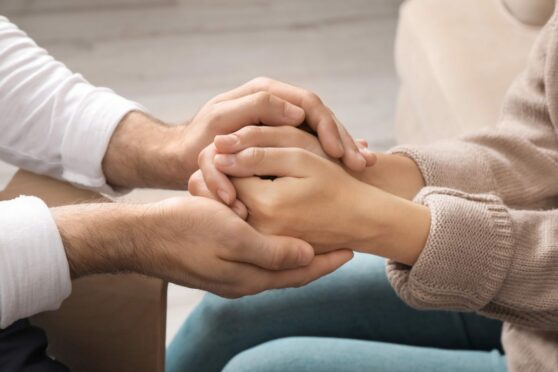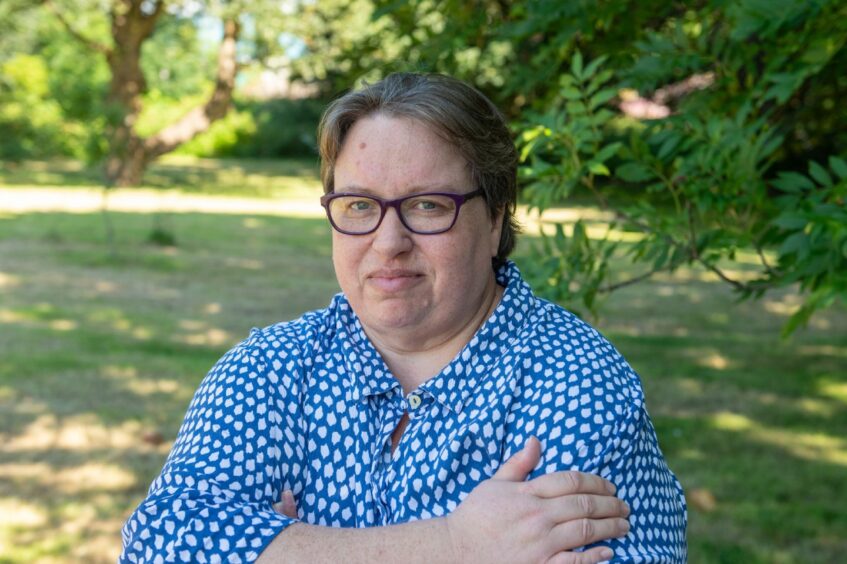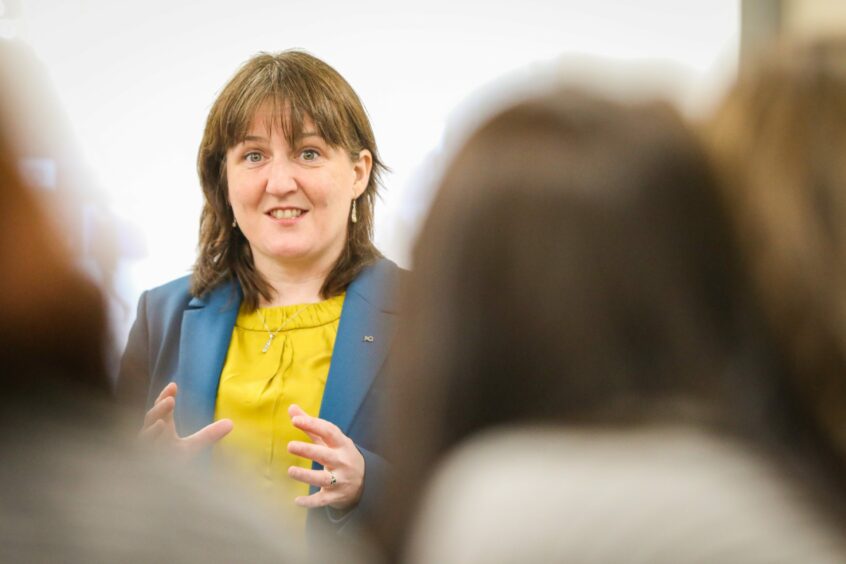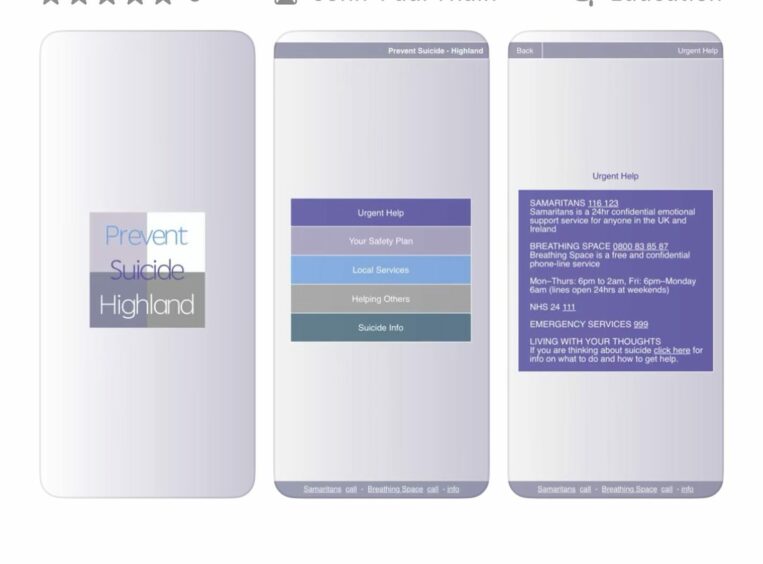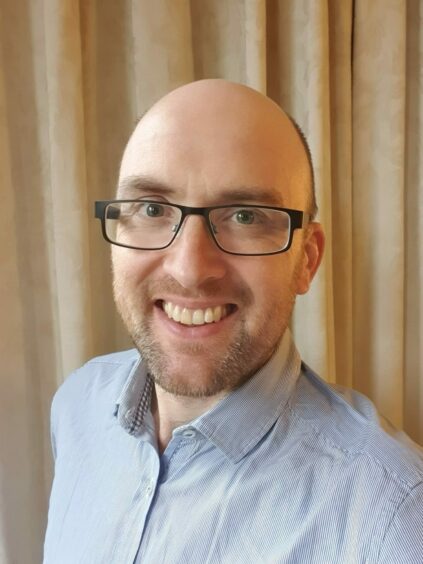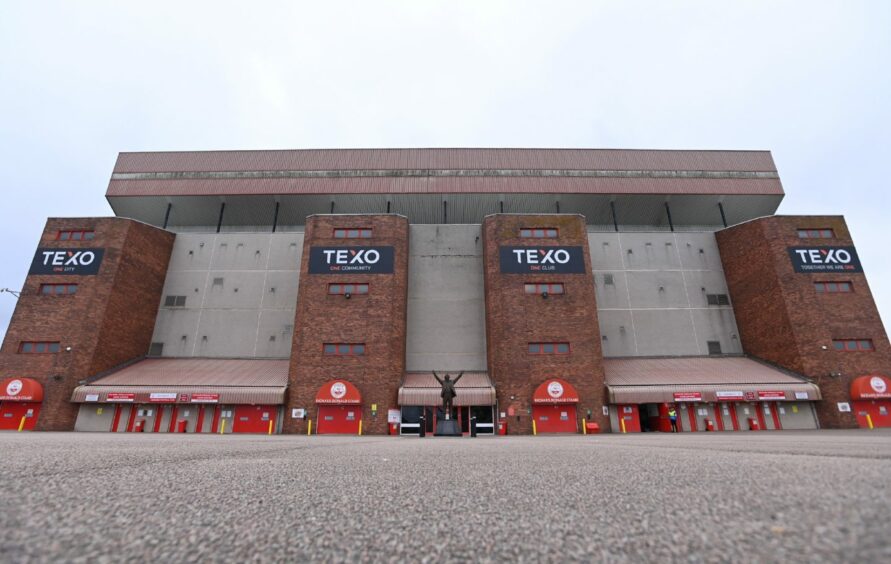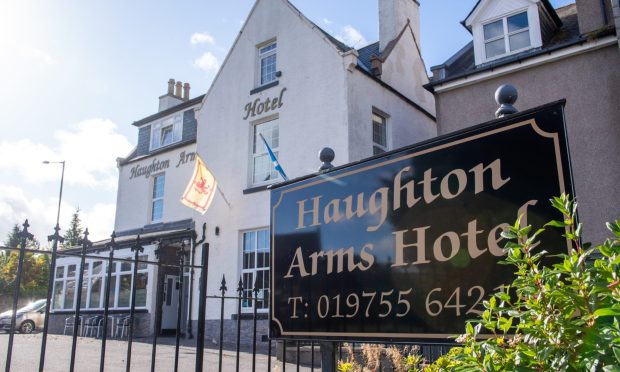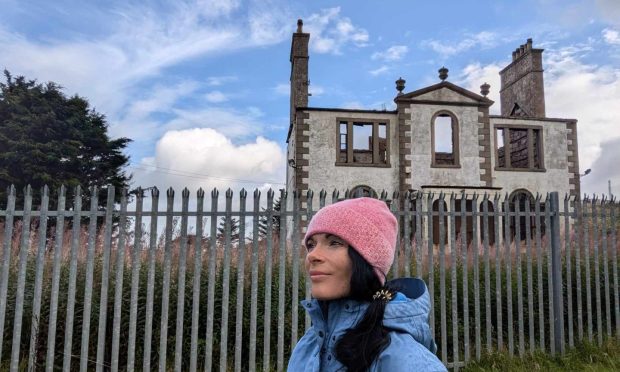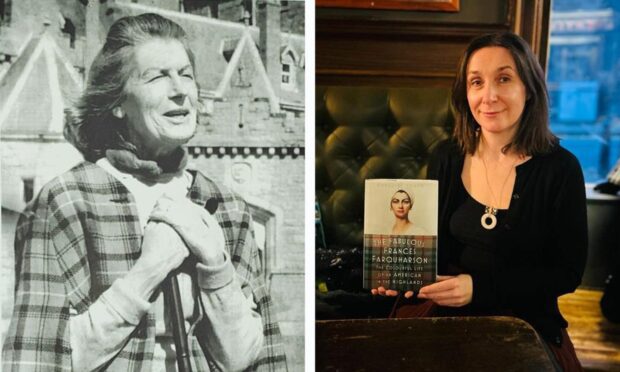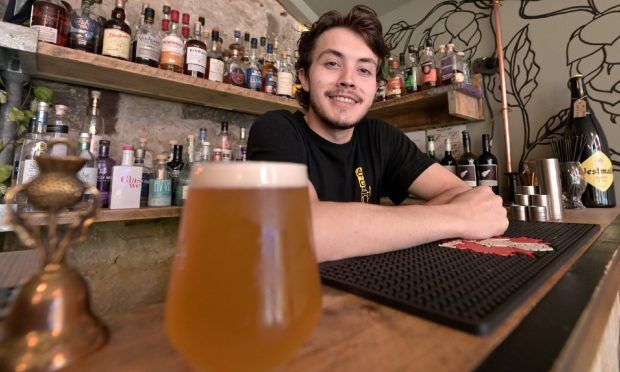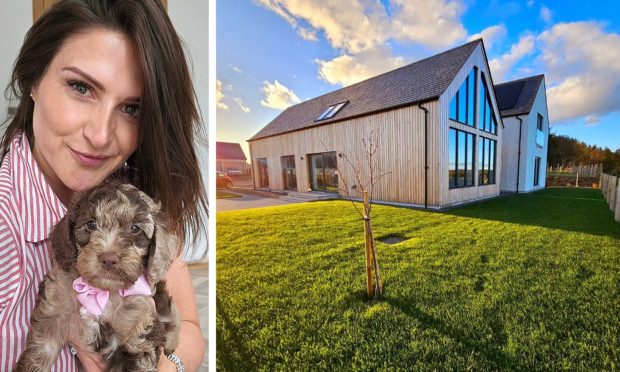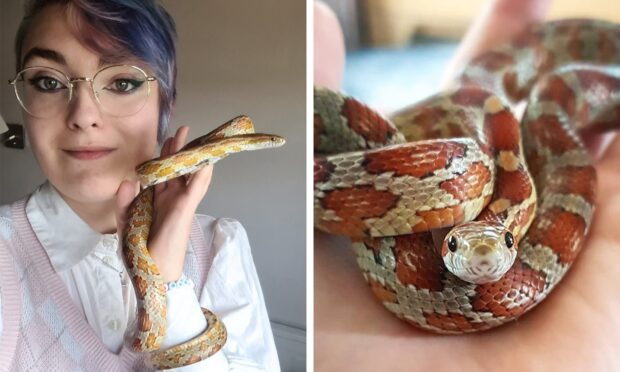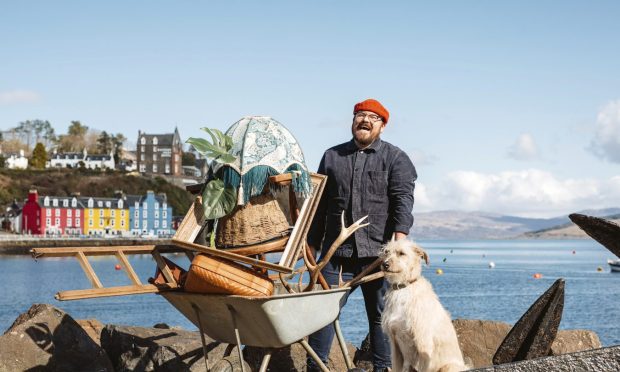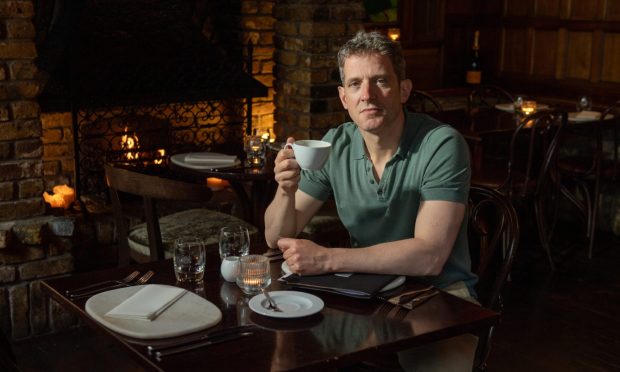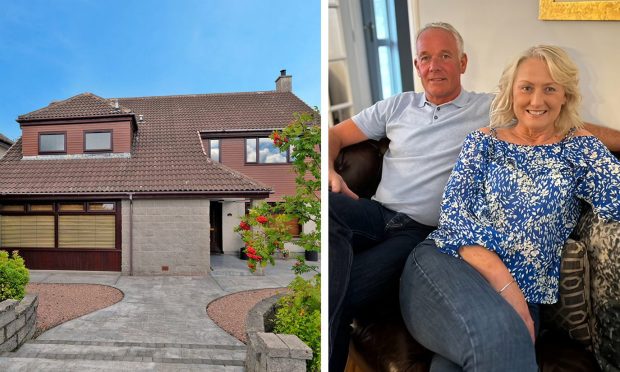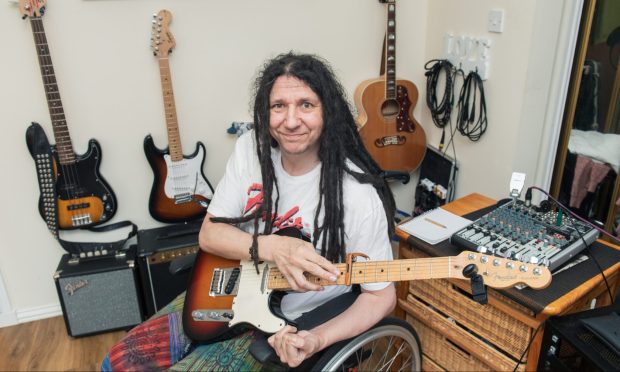In the past suicide was often a taboo subject with stigma attached and a reluctance to speak about it. However, prevention work as part of a national campaign to reduce deaths is aiming to open up the conversation surrounding suicide.
There is a move to make sure everyone has an understanding of it, what can lead to it and how to support those affected. And with World Suicide Prevention Day on Sunday and the release of statistics earlier this week, it has been a subject of discussion across Scotland.
Indeed across the north and north-east events have been taking place to raise awareness with the NHS Community Planning Partnership holding a mental health and suicide aware drop-in session yesterday, while Walk of Hope events are set for Fochabers today and Lossiemouth tomorrow.
Last year the Scottish Government published its and COSLA’s strategy for suicide prevention in Scotland over the next 10 years called Creating Hope Together.
It aims to tackle underlying social issues which might lead to suicide such as social isolation and poverty, as well as providing support to those affected by suicide, such as families, friends and carers.
One of the strategy’s aims is that everyone gets the support they need from childhood upwards, as well as creating a “whole society” approach – making sure communities understand risk factors and its prevention.
Working to prevent deaths
Key to the prevention plan is collaboration between local and national organisations.
Among those working to deliver the strategy is Vicky Henderson.
From reducing the number of attempted suicides to challenging the fear of the unknown, no one day is the same for her.
Her team deal with “extremes” across Aberdeenshire, from wealth to deprivation within a five mile radius.
Her role as mental health and learning disability service manager for central Aberdeenshire, has seen Vicky and the team create a suicide prevention programme at a local level, as part of Aberdeenshire Health and Social Care Partnership.
A wide range of support is available, from a mental health improvement and wellbeing service which works on a self-referral basis, to psychological therapies available through primary care alongside the Prevent Suicide app.
‘We want to give people a voice’
There’s no denying that the nine-five is anything but, and Vicky heads up a team of 14 in a bid to spread the word across the shire.
Vicky said: “My parents ran a hotel and because of that, I’ve always been a people person.”
“We’ve really focused on community engagement and getting information out there, because we understood that people’s mental health was significantly affected during Covid.
“Every pharmacy, GP practice, agricultural show; we’ve been there spreading the word about our services and have also provided training within communities.
Vicky believes there is still stigma attached to the conversation surrounding suicide, but the team continues to look to the future.
“It’s not about delivering what I want, but what the community wants, needs and deserves,” she said.
“From increasing knowledge surrounding suicide to analysing data and creating a network of support, we ultimately want to build a whole society approach.
“We want to give people a voice, bridge the gaps and offer a preventative approach which spans the generations as a whole life approach.”
Figures show a small increase
Creating Hope Together saw an investment of £2.5 million for 2023-24, with the Scottish Government pledging to double suicide prevention annual funding to £2.8 million by 2026.
Statistics from the National Records of Scotland revealed that last year there were 762 probable deaths related to suicide nationally – an increase of nine compared to 2021.
Nationally the rate of suspected suicides in males was almost three times as high as the rate for females, with 556 male deaths compared to 206 female.
Among the statistics for the north and north-east was 37 probable deaths for Aberdeenshire. In Aberdeen city this was 28. While in the Highland Council area there were 42 probable suicide deaths.
Speaking after the publication of the NRS statistics Maree Todd, the Minister for Social Care, Mental Wellbeing and Sport said: “The Scottish Government is working with all key national and local partners to ensure that people with urgent mental health care needs get the right help, in the right place, at the right time, no matter where they live.”
App downloaded thousands of times
Meanwhile, the Prevent Suicide app has been downloaded thousands of times across the north and north-east.
It provides preventative information and contacts to support those feeling suicidal as well as friends, family and professionals. Another feature of the app is a safety plan tool, this allows people to fill out a section in the app which can be used to help keep them safe if they are crisis.
In the north-east the app has 14,940 downloads since its launch in 2016, the majority of users are aged 18-44 years old, with a gender split of 42% male and 58% female. In Aberdeen there are 4,508 users. The website has 25,948 users in the city.
Meanwhile, NHS Highland to the P&J the Prevent Suicide Highland app has been accessed or installed by 3,987 people over the past five years as of earlier this week.
In the past year there have been 955 new users, which works out at 80 new users a month for the past 12 months, compared with an average of 66 new users a month over the past 60 months.
Hopes people will be encouraged to reach out
The Scottish Association for Mental Health (SAMH) has been running a national campaign, Ask Them About Suicide, which was developed alongside people with lived experience of suicide.
SAMH says half a million people in Scotland said they had taken action after seeing it, including almost a quarter of a million people who had a conversation with family or friends about suicide.
Dan Farthing, head of suicide prevention at SAMH said: “By opening up these conversations, we hope that more people will be encouraged to reach out when they need support.
The charity offers training to help people talk about suicide, among which is its Applied Suicide Intervention Skills Training (ASIST) course, and Introduction to Suicide Prevention and Introduction to Youth Suicide Prevention courses.
It also runs The Changing Room, a men’s mental health programme for football fans, in partnership with the SPFL Trust and Movember. Kicking off in 2017, the programme now runs at clubs around Scotland, including Aberdeen, Peterhead, and Ross County Football Clubs.
‘Listening to local people’
Dan said: “We’ve found that bringing the mental health conversation into an environment where men feel comfortable – their local stadium – allows them to open up and share their worries. The 12-week programme includes a peer-to-peer approach, where we see men support one another.”
The Scottish Government has also provided funding for follow on programme The Changing Room: Extra Time at four clubs across Scotland, including Aberdeen Football Club.
Last year SAMH teamed up with NHS Grampian and Police Scotland to urge anyone having suicidal thoughts to reach out for help.
Speaking of the benefits of such collaborations, Dan said: “Regional partnership are hugely beneficial in supporting communities, which is why we’re so proud of our continued work in Grampian.
“Working alongside Aberdeen City Council, Aberdeenshire Council, and Moray Council, as well as NHS Grampian, Police Scotland and the Scottish Fire & Rescue Service, SAMH is delighted to be working to deepen and strengthen this regional suicide prevention partnership so that we can reach even more people.
“There is a new focus on improving the support for people bereaved by suicide and on developing the support available to children and young people, and the partnership will use the latest data from across the region to help us provide targeted support to where it is needed most. Will we also be doing more than ever before to listen to local people with lived experience of suicide so that their insight can influence this important work.”
Where to seek help
- The Samaritans can be contacted on day or night, 365 days a year on 116 123
- Breathing Space: 0800 83 85 87
- The Prevent Suicide app is available for download at the App Store and Google Play. In the north-east it is also available on Amazon for Kindles.
